The micro-catchment water harvesting-based rehabilitation ameliorated soil microbial abundance, diversity and function in a degraded dryland

Authors:
Degraded drylands have a limited ecosystem functionality and require well-targeted rehabilitation interventions and sustainable land management for improvement. A promising rehabilitation package using mechanized micro-catchment water harvesting, for supporting the development of out-planted native shrub seedlings, is being introduced in Jordan’s Badia. However, the impacts of rehabilitation on the soil microbial communities through the changes in soil physicochemical properties, and microbial potential contribution to soil function and stability are unclear. The present study investigated soil microbial properties (abundance, community structure, community composition, diversity, network complexity, and decomposition function) and their relations with selected physicochemical properties (moisture, pH, salinity, and organic matter quantity and quality) in the micro-catchment water harvesting bunds in comparison with those in untreated interspace areas four years after implementation. At the bunds, fungal and bacterial abundances increased significantly, as did prokaryotic diversity, prokaryotic function to produce decomposing enzymes, and the redundancy of these functions. Furthermore, Burkholderiales (plant growth-promoting bacteria) and Cytophagales (cellulolytic bacteria) increased in the bunds. Enhanced soil moisture, through the rehabilitation, was likely a key for the improvements of the microbiota, including the increases in the abundances of fungi and the specific bacteria (Burkholderiales and Cytophagales), most of the decomposition function, and the functional redundancy. Furthermore, the decrease in salinity due to leaching resultant from the infiltration of collected surface runoff at the bunds likely supported an increase in diversity and parts of the function. The results suggest that the rehabilitation has multiple beneficial impacts on soil microbial communities, which further contribute to long-term ecosystem functionality and stability.
